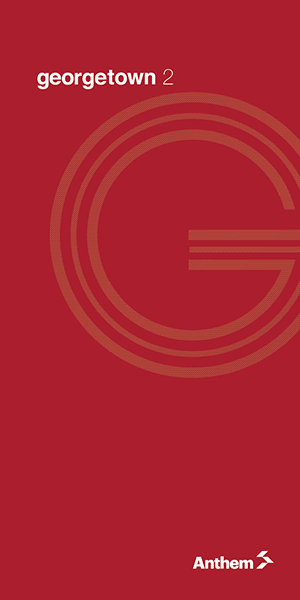
NEW data from the provincial government shows class sizes in British Columbia have significantly improved since the BC Teachers’ Federation’s collective agreement language was restored by the Supreme Court of Canada. In the current 2017–18 school year, there are 45% fewer classes with more than 30 students than the previous year and class-size averages are down across the board, according to a BCTF press statement.
“These improvements in class-sizes show the power of collective agreements to enhance classroom conditions for students and teachers,” said BCTF President Glen Hansman. “Our Supreme Court win is already making a difference. These are the best class-size conditions BC has seen in over a decade.”
The government’s data set shows the provincial improvements achieved by the restoration of class-size limits in the collective agreement.
Between 2016–17 and 2017–18:
- The number of classes with 30 or more students dropped by 45%, from 1,385 to 757 classes.
- The average Kindergarten class size dropped 6.8%, from 19.1 to 17.8 students.
- The average Grades 1–3 class size dropped 4.9%, from 20.4 to 19.4 students.
- The average Grades 4–7 class size dropped 4.9%, from 24.5 to 23.3 students.
- The average Grades 8–12 class size dropped 3.9% from 22.9 to 22 students.
In addition, the overall number of classes across BC has increased by more than 4,300. That is an increase of 6.2% in one year. A district-by-district summary of the data, compiled by the BCTF Research Department, is available online.
While class sizes are quickly moving in the right direction, Hansman said class composition still has some challenges that will require additional investment by the provincial government, and more attention by individual school districts.
“Class composition is more complex because of differences in local collective agreement language as well as district student assessment and staffing processes. For example, about a third of our local teachers’ associations don’t have any class composition language. There are also differences among school districts in how employers implemented class-composition requirements. Vancouver, for example, has not made the same progress as Surrey in reducing the number of overly complex classes. This is despite what is required by court-restored language and despite available space in Vancouver schools to create additional classes.”
In the past, the province has tracked the number of classes with four or more students with special needs. Comparing 2016–17 to 2017–18, the number of classes with four children with special needs has increased by 0.9%. There are now 17,466 such classes. However, the addition of 4,300 classes in 2017–18 means the percentage of classes with four or more children with special needs is lower this year. The number of classes with seven or more children with special needs has decreased by 17%.
“BC teachers fully support the inclusion of children with special needs in our classrooms and the need for the specialized programs and staff that support them,” said Hansman. “The BC government and school districts need to put more efforts into creating classes that ensure all children get the attention they need. We should not be seeing this degree of inconsistency around the province, and it is always within the ability of the province and school districts to ensure services are in place for students above and beyond a bare minimum.”












